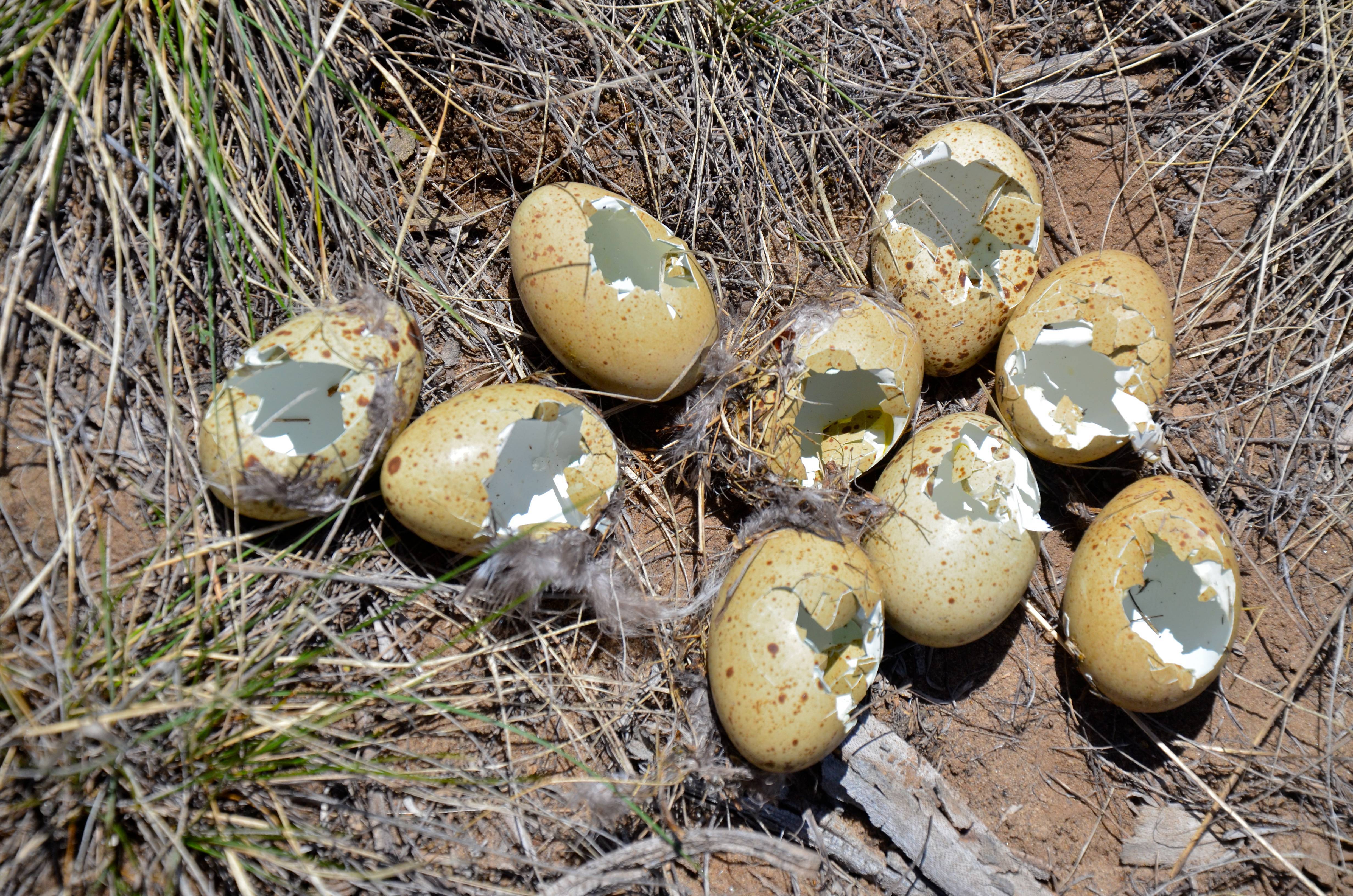Kyle Cutting

Degrees Held
M.S., Fish and Wildlife Management, Montana State University, 2010
B.S., Biology, Wildlife Ecology, University of Wisconsin-Stevens Point, 2003
Degree Sought
Ph.D., Biological Sciences, Montana State University
Advisor
Dr. Jay Rotella
Current Research
Sagebrush ecosystems occupy approximately 120 million acres across western North America. Livestock grazing is the dominant land use across these habitats and is a critical component of livestock producers’ sustainability in the American West. My study sites are located at the Centennial Valley of southwest Montana. My research is designed to determine the most important factors that influence sage-grouse hen and chick survival through four nesting and brood rearing seasons as well as two winters. Using radio telemetry, coupled with habitat measurements, I am assessing direct and indirect effects of cattle grazing on hen and brood survival by comparing birds with and without cattle. Next, I am also assessing indirect effects of grazing (i.e. vegetation modification through different levels of grazing utilization) at random and sage-grouse use locations. Additionally, I am measuring the influence of grazing infrastructure (e.g. roads, water tanks, and fences) on sage-grouse nest and brood survival. Finally, I am quantifying differences among various in sagebrush types (e.g. mountain big, basin big, three-tip, and low sagebrush) on sage-grouse survival. Existing grazing guidelines will be compared for each sagebrush type, and new grazing guidelines will be developed for individual sagebrush type, along with recommendations for conservation planning when designing grazing systems. Project results will provide research and education to all concerned with managing livestock grazing in sagebrush habitats that are environmentally compatible with sage-grouse survival, while still generating local economy.
